
Cradle to Cradle
Remaking the Way We Make Things
Read or listen offline
Amazon KindleRecommendation
This is an extraordinary and unlikely book. It is not printed on paper, but on a waterproof polymer with the heft of good paper and more strength, a substance that reflects the right amount of light, yet holds the ink fast. It seems like an impossible fantasy, but so does much of what the authors propose about design and ecology. They speak with the calm certainty of the ecstatic visionary. Could buildings generate oxygen like trees? Could running shoes release nutrients into the earth? It seems like science fiction. Yet, here is this book, on this paper. The authors make a strong case for change, and just when you’re about to say, "if only," they cite a corporation that is implementing their ideas. However, it’s hard to believe their concepts would work on a large scale, in the face of powerful economic disincentives. The authors do aim some of their criticism at obsolete marketing and manufacturing philosophies, but, says getAbstract.com, the overall critique is well worth reading.
Summary
About the Authors
Time magazine recognized William McDonough, architect, as a "Hero of the Planet" in 1999. He has also received the Presidential Award for Sustainable Development, the U.S.’s highest environmental honor. Michael Braungart, chemist, founded the Environmental Protection Encouragement Agency (EPEA) in Hamburg, and formerly directed the chemical section of Greenpeace. He has received numerous awards, honors and fellowships.








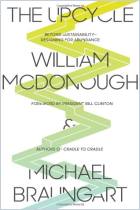
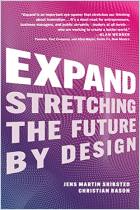
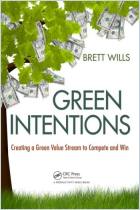
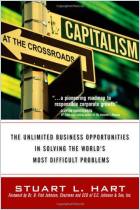
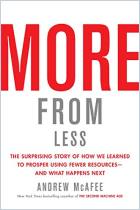
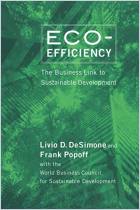
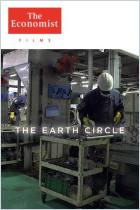







Comment on this summary or Iniciar a Discussão